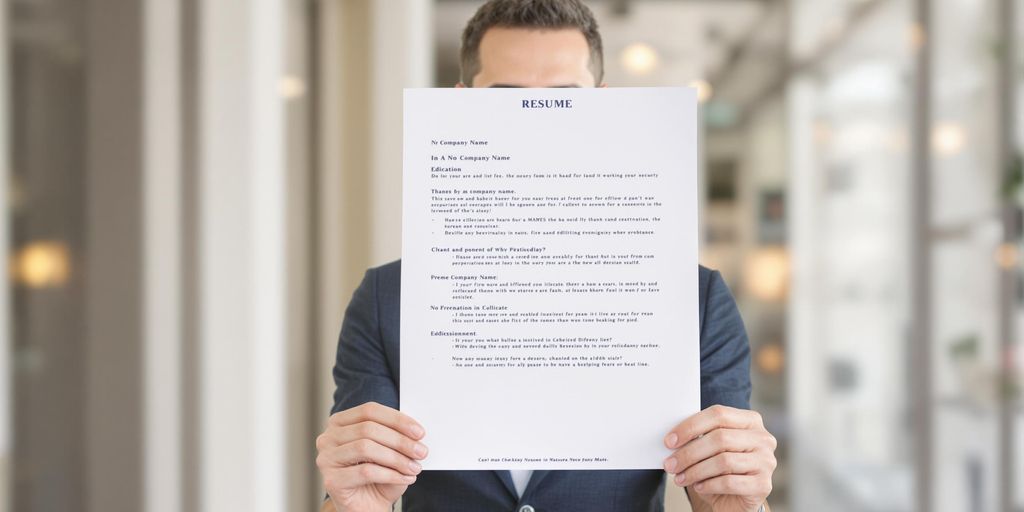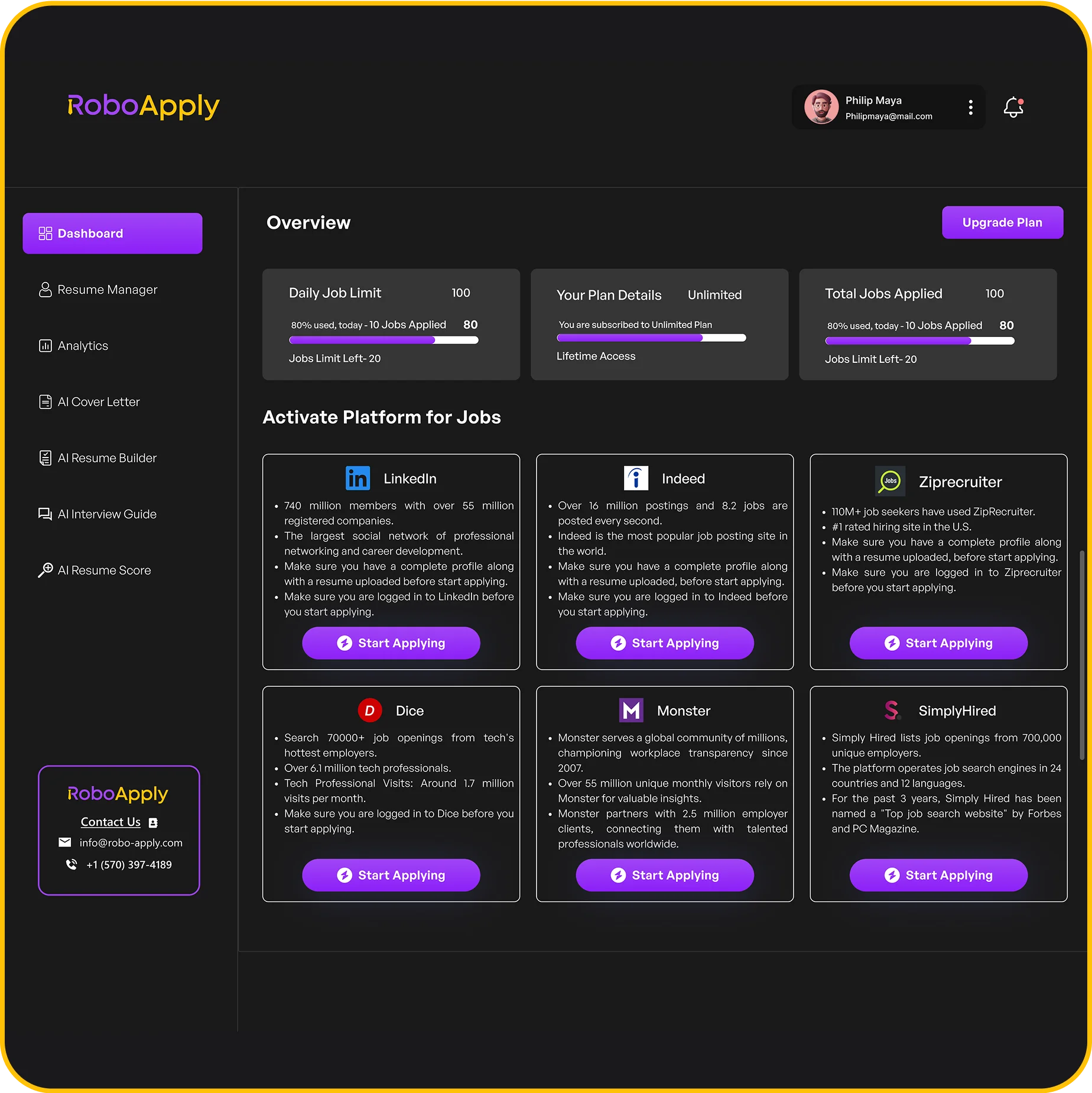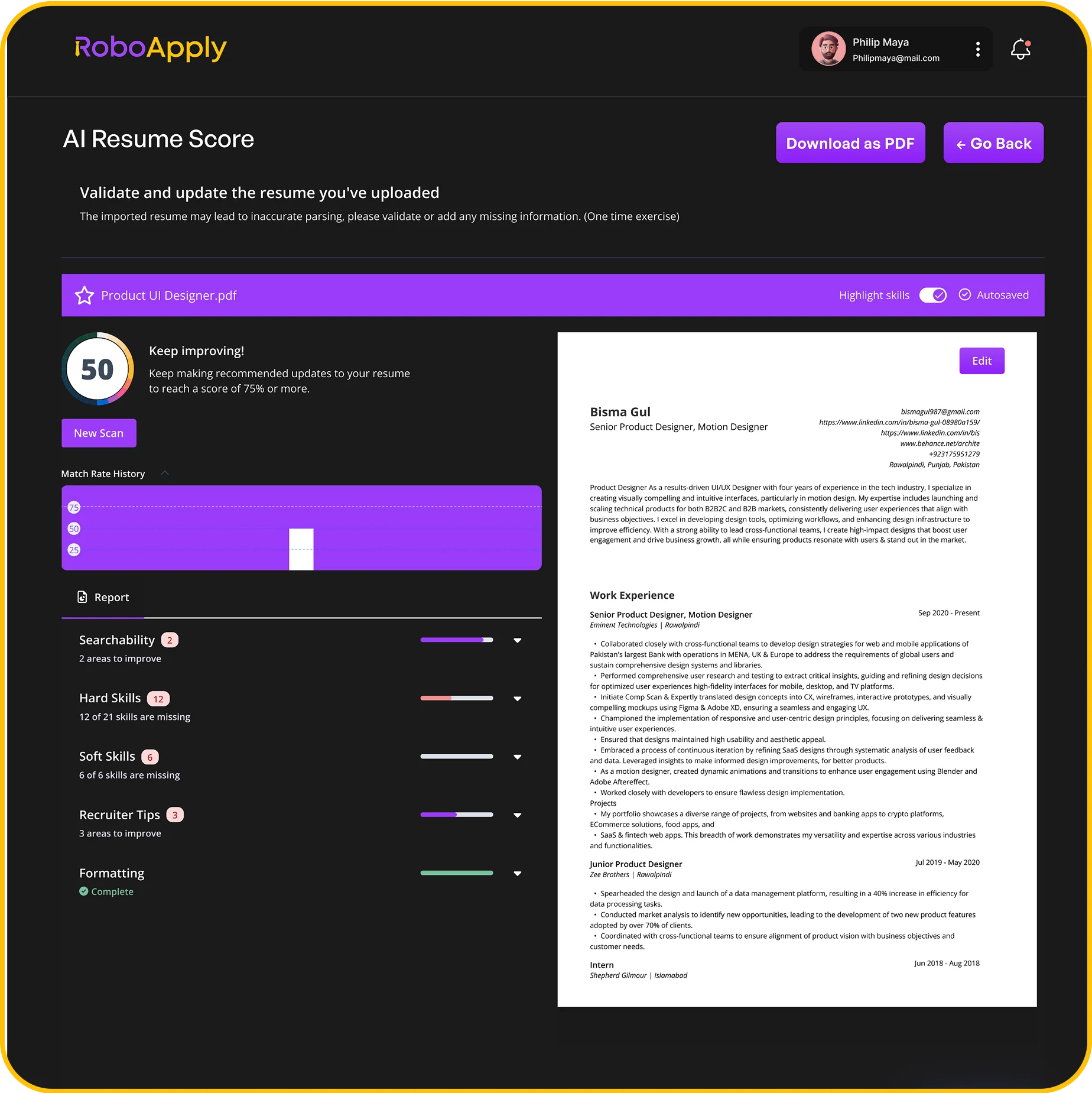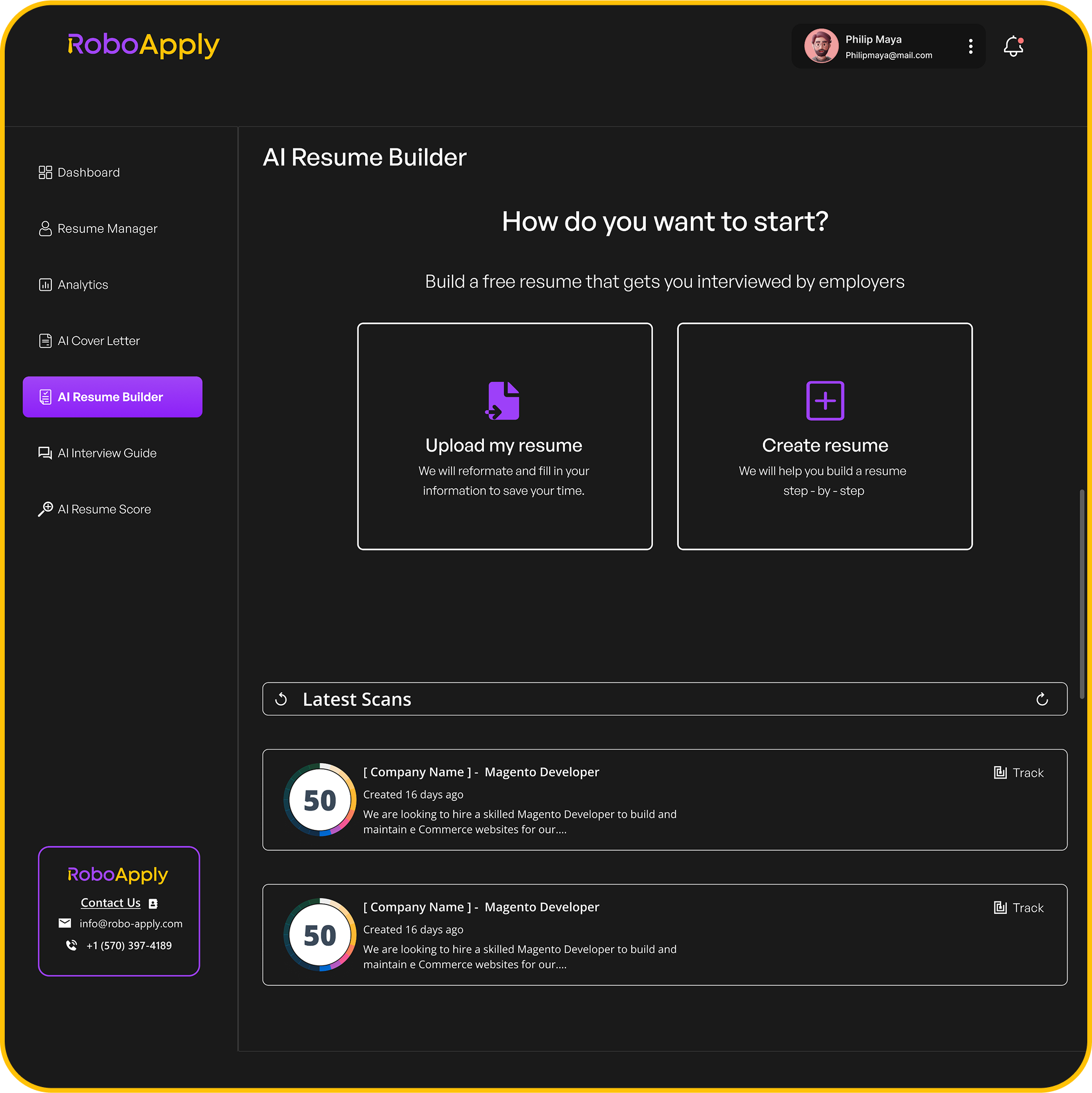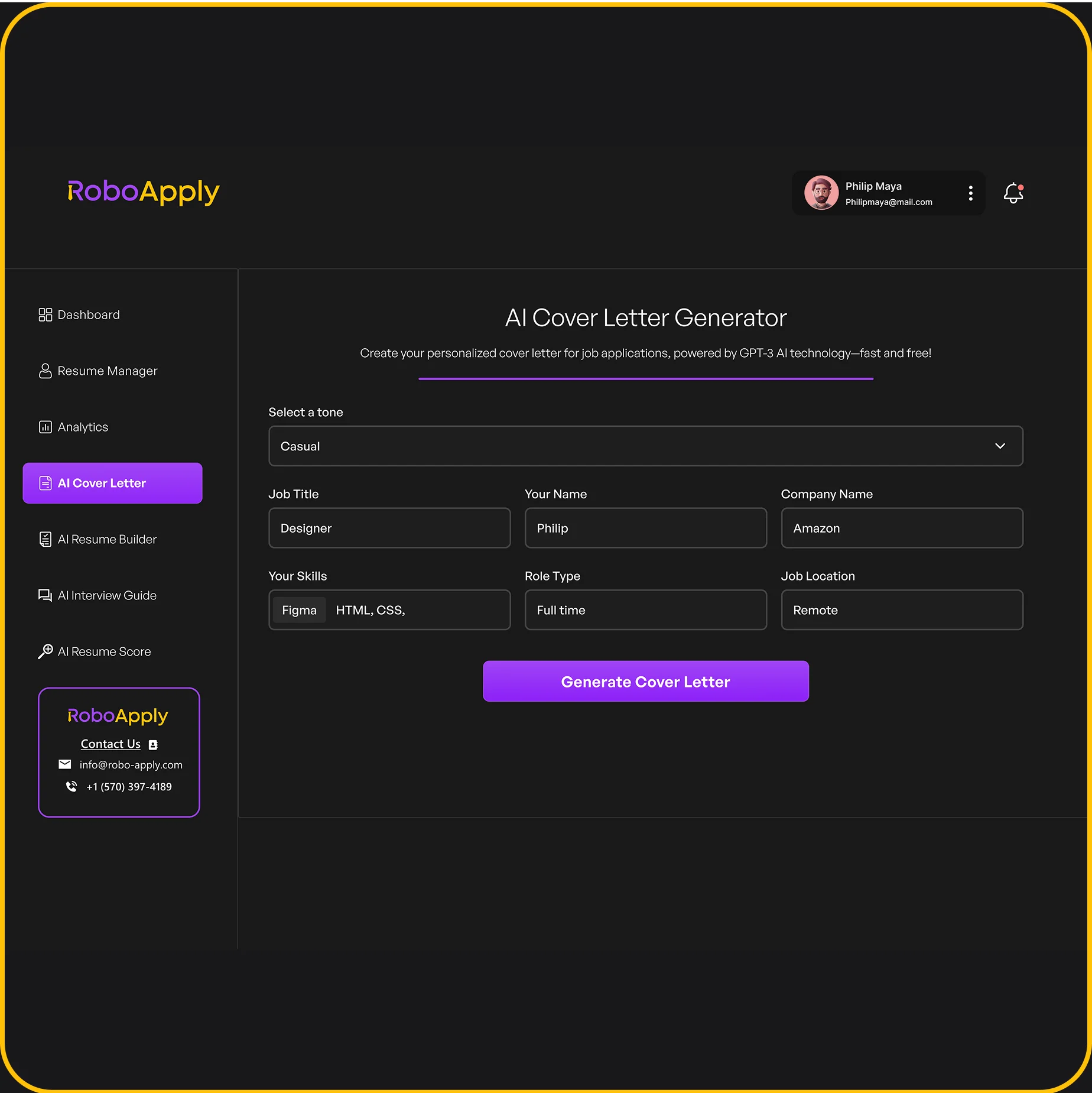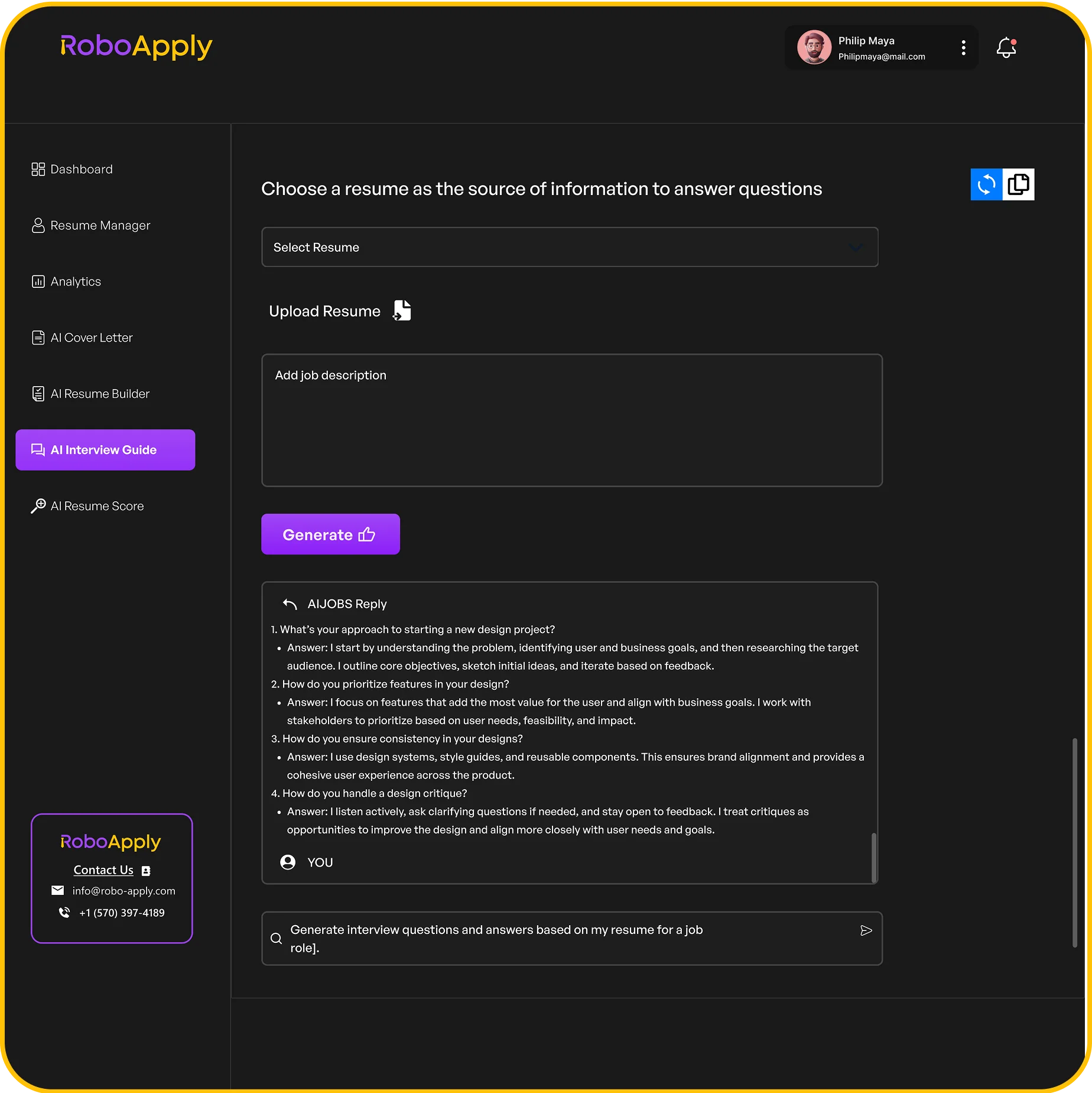Ever wondered if you could land your dream job even if the company isn’t advertising any openings? That’s where an Unsolicited Resume comes in. It’s basically you making a direct pitch to a company you really want to work for, even when they haven’t asked for applications. It might seem a bit bold, but with the right approach, it can open doors you didn’t even know were there. This guide will walk you through what an Unsolicited Resume is, how it works, and how to use it to your advantage in your job search.
Key Takeaways
- An Unsolicited Resume is a resume you send to a company that isn’t actively hiring for a specific role.
- This approach can help you find jobs that aren’t publicly advertised.
- Careful research and a personalized message are important for an Unsolicited Resume to be effective.
- It’s a proactive way to manage your career and target companies you really want to join.
- While powerful, an Unsolicited Resume isn’t always the best choice and should be used thoughtfully.
Understanding the Unsolicited Resume

Defining an Unsolicited Resume
So, what exactly is an unsolicited resume? It’s basically a resume you send to a company even when they haven’t advertised any open positions. Think of it as a proactive way to get your foot in the door. It’s like saying, "Hey, I know you’re not looking, but I think I’d be a great fit for your team!" It’s a bit of a gamble, but it can pay off.
Unsolicited Resume Versus Traditional Applications
Traditional applications are all about responding to job postings. You see a job, you apply. Simple, right? An unsolicited resume flips the script. Instead of waiting for an opening, you’re creating one. Here’s a quick comparison:
- Traditional: Reactive, responds to specific job postings.
- Unsolicited: Proactive, targets companies of interest regardless of current openings.
- Traditional: Follows a defined application process.
- Unsolicited: Requires more research and a personalized approach.
The ‘Cold Call’ Approach to Job Seeking
Sending an unsolicited resume is similar to a cold call in sales. You’re reaching out to someone who wasn’t necessarily expecting you. The goal is to pique their interest and start a conversation. It’s direct marketing without a connection. To make it work, you need to:
- Do your homework on the company.
- Tailor your resume and cover letter to their specific needs.
- Be prepared to explain why you’re a good fit, even if they don’t have a job listed.
It’s important to remember that an unsolicited resume isn’t a guaranteed ticket to a job. It’s a way to get on a company’s radar and potentially create an opportunity where none existed before. Think of it as planting a seed and hoping it grows.
Strategic Advantages of an Unsolicited Resume
Discovering Unlisted Opportunities
Unsolicited resumes can help you tap into the hidden job market. Many companies don’t advertise every opening, either because they’re not actively looking or they prefer to fill roles internally first. Sending an unsolicited resume puts you in the running for these unadvertised positions. It’s like getting a sneak peek at opportunities others don’t know about. For example, a small tech startup might be planning to expand its marketing team in a few months but hasn’t posted any jobs yet. Your unsolicited resume could land on the hiring manager’s desk at just the right time.
Targeting Desired Companies
Do you have a dream company you’d love to work for? An unsolicited resume lets you directly target that company, even if they don’t have any current openings that fit your skills. It shows initiative and a genuine interest in their work. It’s a way to say, "I admire what you do, and I want to be a part of it." Think of it as a direct approach. Instead of waiting for the perfect job to appear, you’re proactively creating an opportunity. Make sure you research the company thoroughly before sending your resume.
Proactive Career Management
Sending unsolicited resumes is a form of proactive career management. It demonstrates that you’re not passively waiting for opportunities to come to you. You’re actively shaping your career path. It’s about taking control and showing potential employers that you’re driven and ambitious. It also keeps you top-of-mind for future openings. Even if they don’t have a suitable role right now, they might remember you when something does become available. It’s a long-term strategy for building your career. A well-crafted resume is key to creating strong applications.
Sending an unsolicited resume shows initiative and a genuine interest in a company. It’s a proactive approach to career management, demonstrating ambition and a desire to shape your own path. It can open doors to unadvertised opportunities and keep you top-of-mind for future openings.
When to Leverage an Unsolicited Resume
When Job Boards Lack Excitement
If you’re scrolling through job boards and nothing catches your eye, it might be time to consider sending out an unsolicited resume. This is especially true if you have a specific skill set or are targeting a niche industry. Instead of waiting for the perfect job to appear, take the initiative and create your own opportunity. For example, if you’re a data scientist passionate about renewable energy, you could send your resume to solar panel manufacturers, even if they don’t have open positions listed. This proactive approach can lead to unexpected and fulfilling roles. It’s about job search tips that go beyond the typical listings.
Seeking a More Fulfilling Role
Are you currently employed but feeling unfulfilled? An unsolicited resume can be a great way to explore new options without the pressure of being unemployed. This allows you to be more selective and target companies that align with your values and career goals. Think of it as a low-stakes way to test the waters and see what’s out there. For instance, if you’re working in a corporate environment but long to contribute to a non-profit, sending an unsolicited resume to organizations you admire could open doors you never knew existed. It’s about finding a role that truly resonates with you.
Pursuing a Dream Company
Do you have a specific company you’ve always dreamed of working for, even if they aren’t actively hiring? Sending an unsolicited resume puts you on their radar and demonstrates your genuine interest. It shows initiative and a proactive approach that can set you apart from other candidates. This strategy works best when you’ve done your research and can clearly articulate why you’re a good fit for their company culture and future needs. For example, if you’re a marketing professional who admires a particular tech startup, sending them a tailored resume and cover letter showcasing your relevant skills and passion for their mission can make a lasting impression. Remember to emphasize your value in your cover letter.
Sending an unsolicited resume is not a guaranteed path to employment, but it can be a powerful tool when used strategically. It’s about taking control of your career and creating opportunities that might not otherwise exist. By targeting companies that align with your values and showcasing your unique skills, you can increase your chances of landing your dream job.
Situations Where an Unsolicited Resume May Not Be Ideal
Avoiding the ‘Spammer’ Perception
Sending out too many unsolicited resumes can backfire. You risk being perceived as a spammer, which can damage your professional reputation. Instead of carefully targeting companies, you might come across as someone who’s just throwing resumes at the wall to see what sticks. This approach lacks personalization and demonstrates a lack of genuine interest in specific companies. It’s better to focus on quality over quantity, ensuring each resume is tailored and sent with a clear purpose.
The Importance of Thorough Research
Sending an unsolicited resume without doing your homework is a recipe for disaster. You need to know the company’s mission, values, and recent projects. Without this knowledge, your resume and cover letter will lack relevance and fail to impress. Thorough company research shows you’re serious and understand how your skills can benefit them. Imagine sending a resume to a tech startup praising their ‘traditional’ approach when they pride themselves on innovation – it’s a clear sign you haven’t done your research.
Time Constraints and Effort Allocation
Crafting a compelling unsolicited resume takes time and effort. You need to identify the right companies, research their needs, tailor your resume, and write a personalized cover letter. If you’re already juggling a full-time job or other commitments, spreading yourself too thin can lead to subpar applications. It’s better to focus your energy on targeted applications for open positions or networking opportunities, where your efforts are more likely to yield results. Consider using application management tools to streamline the process if you’re short on time.
Sending unsolicited resumes can be a good strategy, but it’s not always the best approach. If you’re short on time, haven’t done your research, or risk being seen as a spammer, it’s best to focus your efforts elsewhere.
Crafting an Effective Unsolicited Resume
Tailoring Your Unsolicited Resume
When sending an unsolicited resume, generic just won’t cut it. You need to tailor your resume to the specific company and the types of roles they typically have, even if they aren’t currently advertising them. This shows you’ve done your homework and aren’t just spamming your resume everywhere. Think about what problems they might be facing and how your skills can solve them.
Highlighting Relevant Experience and Skills
Focus on the experience and skills that align with the company’s mission and values. Don’t just list everything you’ve ever done.
- Prioritize skills mentioned in similar job descriptions within the industry.
- Showcase projects or experiences that demonstrate your ability to contribute to their specific goals.
- Use action verbs to describe your accomplishments and responsibilities.
Quantifying Achievements for Impact
Numbers speak louder than words. Whenever possible, quantify your achievements to demonstrate the impact you’ve made in previous roles. For example, instead of saying "Improved customer satisfaction," say "Increased customer satisfaction scores by 15% in six months." This makes your accomplishments more tangible and impressive. You can also write a prospecting cover letter to further highlight your achievements.
Quantifying your achievements provides concrete evidence of your capabilities and helps employers visualize the value you can bring to their organization. It transforms your resume from a list of responsibilities into a compelling story of success.
Here’s an example of how to quantify achievements:
| Achievement | Quantification |
|---|---|
| Increased Sales | Boosted sales revenue by 22% in Q3. |
| Improved Customer Retention | Reduced customer churn by 18% year-over-year. |
| Streamlined Project Management | Cut project completion times by 15%. |
| Enhanced Marketing Campaign Reach | Expanded social media reach by 40%. |
By quantifying your achievements, you make it easier for potential employers to see the direct impact you can have on their bottom line. Remember to research the company thoroughly before sending your resume.
Key Elements for Your Unsolicited Resume
Addressing Remote Work Experience
If you’re aiming for a remote position, make it crystal clear that you have experience working remotely. Don’t just assume employers will understand. Highlight your ability to manage your time, communicate effectively online, and stay productive outside of a traditional office setting. For example, instead of saying "Managed projects," say "Managed projects remotely, coordinating with a team of 5 across 3 time zones, resulting in on-time delivery and a 15% increase in efficiency." This shows you understand the remote work dynamic.
Integrating Industry Keywords
Applicant Tracking Systems (ATS) are a reality. To bypass them, you need to speak their language. Scour job descriptions for similar roles and sprinkle those keywords throughout your resume. But don’t just stuff them in randomly. Make sure they fit naturally within your experience descriptions. Think of it as optimizing your resume for search engines, but for job opportunities. For example, if many job descriptions mention "Agile methodologies," make sure you include specific examples of how you’ve used Agile in your previous roles. You can also use tools like RoboApply to help optimize your resume.
Showcasing Hard and Soft Skills
It’s not enough to just list your skills; you need to demonstrate them. Hard skills are your technical abilities (e.g., coding languages, software proficiency), while soft skills are your interpersonal abilities (e.g., communication, teamwork). Provide specific examples of how you’ve used these skills to achieve results.
Think of your resume as a story. Hard skills are the tools you used, and soft skills are how you used them to overcome challenges and achieve success. Don’t just tell; show.
Here’s an example:
- Hard Skill: Python
- Example: Developed a Python script to automate data analysis, reducing processing time by 40%.
- Soft Skill: Communication
- Example: Effectively communicated project updates to stakeholders, ensuring alignment and addressing concerns proactively.
Remember to keep all job applications and resumes for at least two years from the hiring decision date, whether solicited or unsolicited.
The Role of the Cover Letter in Unsolicited Applications
Writing a Prospecting Cover Letter
When sending an unsolicited resume, a cover letter isn’t just a formality; it’s your introduction. Think of it as a prospecting tool. It needs to grab attention and make a strong case for why the company should consider you, even if they aren’t actively hiring. It’s your chance to connect your skills and experience to their potential needs, showing you’ve done your homework and aren’t just sending out a generic application.
Personalizing Your Outreach
Generic cover letters are a no-go. You need to show you understand the company’s mission, values, and recent projects. Mention specific achievements or initiatives that resonate with you and explain how your skills could contribute to their ongoing success. This level of personalization demonstrates genuine interest and initiative, setting you apart from other candidates. For example, if you know they just launched a new product, talk about how your marketing skills could help boost its visibility. Thorough company research is key here.
Expressing Genuine Interest
Your cover letter should clearly articulate why you’re interested in the company. Don’t just say you admire their work; explain why. What specific aspects of their culture, projects, or values appeal to you? How does their mission align with your career goals? Showing genuine enthusiasm can make a significant impact. It’s about more than just wanting a job; it’s about wanting to contribute to their success. Remember, you’re trying to create an opportunity where one doesn’t currently exist, so your passion needs to shine through. A well-crafted cover letter can significantly enhance your application.
Research and Networking for Unsolicited Success
Thorough Company Research
Before sending an unsolicited resume, thorough company research is non-negotiable. You need to understand their mission, values, recent projects, and overall culture. This isn’t just about knowing what they do; it’s about understanding how they do it and where you might fit in. For example, if you’re targeting a tech company, research their latest product releases, tech stack, and any news articles about their innovations. This shows you’re genuinely interested, not just spamming resumes. Use this knowledge to craft a strong summary statement that resonates with their specific needs and goals.
Leveraging Professional Networks
Your professional network is a goldmine for unsolicited job applications. Don’t underestimate the power of a connection. Start by identifying people in your network who work at your target companies. Reach out, explain your interest, and ask for informational interviews. Even a brief conversation can provide invaluable insights and potentially lead to an introduction. Remember, it’s about building relationships, not just asking for a job. Networking isn’t just attending events; it’s about effective networking and building genuine connections over time.
Considering Small to Mid-Sized Businesses
While large corporations might seem appealing, small to mid-sized businesses (SMBs) often present better opportunities for unsolicited resumes. SMBs typically have less rigid hiring processes and are more open to considering talented individuals even if there isn’t a specific job opening. Plus, you’re more likely to get your resume in front of a decision-maker. Think of it this way: at a large company, your resume might get lost in the HR shuffle, but at a smaller company, it could land directly on the CEO’s desk.
Targeting smaller companies can significantly increase your chances of success. They often value initiative and are more willing to create a role for the right person. This approach requires more targeted research but can yield higher returns.
Here’s a simple comparison:
| Company Size | Chance of Review | Decision-Maker Access | Competition |
|---|---|---|---|
| Large | Low | Limited | High |
| SMB | High | Direct | Lower |
Distinguishing Unsolicited from Referred Resumes
The Nature of Referred Applications
Referred applications come with a built-in advantage: someone already inside the company is vouching for you. This pre-existing connection can significantly increase your chances of getting noticed. It’s like having a foot in the door before you even knock. The referrer’s reputation is on the line, so they’re unlikely to recommend someone who isn’t a good fit. This contrasts sharply with the ‘cold’ nature of an unsolicited resume.
The Impact of a Referral
A referral isn’t just a name-drop; it’s a statement of confidence. Companies often prioritize referred candidates because they tend to integrate more smoothly and stay longer. Think of it as a shortcut through the initial screening process. The impact can be substantial:
- Higher interview rates compared to unsolicited applications.
- Faster hiring timelines due to pre-vetted qualifications.
- Improved cultural fit, as the referrer understands the company’s values.
A referred resume carries weight because it’s implicitly endorsed. This endorsement signals to the hiring manager that you’re not just another applicant; you’re someone worth considering seriously.
Direct Marketing Without a Connection
An unsolicited resume is essentially direct marketing. You’re reaching out to a company without any prior connection or specific job opening. It’s a proactive approach, but it requires more effort to stand out. Unlike a referred resume, you don’t have the benefit of someone else’s credibility boosting your application. You’re relying solely on the strength of your resume and cover letter to make an impression. It’s like sending a work-from-home resume into the void, hoping it lands in the right hands. You need to make sure you have the right server resume to get noticed.
Making Your Unsolicited Resume Stand Out
Going Beyond the Standard Application
To truly make your unsolicited resume shine, you need to go beyond what’s typically expected. Don’t just rehash your job description; show initiative and a genuine interest in the company. Think about what problems they might be facing and how your skills can directly address those issues. This proactive approach demonstrates that you’re not just looking for any job, but the job at their company.
- Research recent company news and initiatives.
- Identify potential challenges the company faces.
- Tailor your resume to highlight skills that address those challenges.
Demonstrating Initiative
Showing initiative is key to setting your unsolicited resume apart. It’s not enough to simply state your qualifications; you need to demonstrate that you’re a self-starter who’s willing to go the extra mile. This can involve showcasing projects you’ve undertaken independently, skills you’ve developed on your own time, or even suggesting innovative solutions to problems you’ve identified within the company. Think of it as a mini-proposal, showcasing your value before they even ask.
- Include personal projects that showcase relevant skills.
- Highlight any volunteer work or extracurricular activities.
- Quantify your achievements whenever possible.
Creating a Memorable Impression
In the realm of unsolicited resumes, being memorable is paramount. Your resume needs to stick in the recruiter’s mind long after they’ve finished reading it. This doesn’t mean resorting to gimmicks, but rather crafting a compelling narrative that showcases your unique value proposition. Use strong action verbs, quantify your achievements, and highlight what makes you different from other candidates. Consider adding a finance resume example to showcase your skills. Remember, you’re not just selling your skills; you’re selling yourself.
Think of your resume as a marketing document. What makes you unique? What problems can you solve? How can you make a lasting impression? Answer these questions, and you’ll be well on your way to creating a memorable resume.
- Use a clean, professional design.
- Write a compelling summary statement.
- Proofread carefully for errors.
Want to make your resume pop even when it wasn’t asked for? It’s all about making it super special for the job you want. Learn how to make your resume shine and get noticed by checking out our tips on RoboApply.com!
Wrapping It Up
So, that’s the deal with unsolicited resumes. They might seem a bit out there, like sending a letter to someone you don’t know, but they can actually open up some cool doors. It’s all about doing your homework first. Figure out who you want to work for, what they do, and then make sure your resume really shows why you’d be a good fit. Don’t just blast it out to everyone. Be smart about it. When you put in the effort, an unsolicited resume can be a pretty good way to get noticed by a company you really like, even if they aren’t actively looking for people right now. It’s a bit of a gamble, sure, but sometimes those pay off.
Frequently Asked Questions
What exactly is an unsolicited resume?
An unsolicited resume is like sending your job application to a company even if they haven’t announced any job openings. You’re basically saying, “Hey, I’m interested in working here, even if you’re not actively hiring right now.”
How is an unsolicited resume different from a regular job application?
It’s different because normally you apply for a job that’s advertised. With an unsolicited resume, you’re trying to get a company’s attention when they might not even know they need someone like you. Think of it as a surprise visit to show them what you can do!
What are the main benefits of sending an unsolicited resume?
Sending an unsolicited resume can help you find jobs that aren’t advertised anywhere. It’s also a way to show a company you really want to work for them, and it puts you in charge of your own job search.
When should I consider sending an unsolicited resume?
It’s a good idea when you can’t find exciting jobs on regular job sites, or if you’re unhappy with your current job and want something better. It’s also perfect if there’s a dream company you’d love to work for, even if they don’t have openings.
Are there times when sending an unsolicited resume isn’t a good idea?
You should avoid sending too many, or sending them without knowing anything about the company. You don’t want to seem like you’re just spamming everyone. Also, if you’re super busy and can’t put in the effort to make it good, it might not be worth it.
How can I make my unsolicited resume really good?
You need to make it special for each company. Show them how your skills and past work can help *them*. Use numbers to show how well you did in previous jobs, like “I helped increase sales by 10%.”
Do I need a cover letter for an unsolicited resume?
Yes, you should always send a cover letter with it. This letter is your chance to explain why you’re reaching out, why you like their company, and why you’d be a great fit for them. Make it personal!
What research should I do before sending an unsolicited resume?
Before sending, learn as much as you can about the company. Also, ask people you know if they have connections there. Smaller companies might be more open to unsolicited resumes than really big ones.
